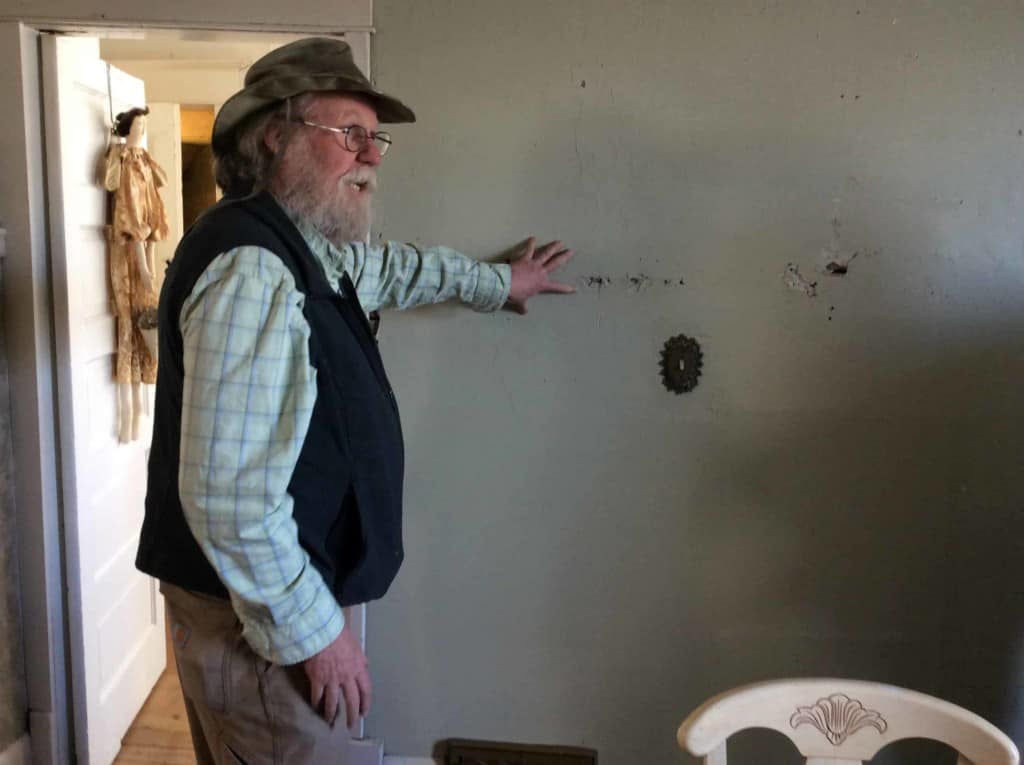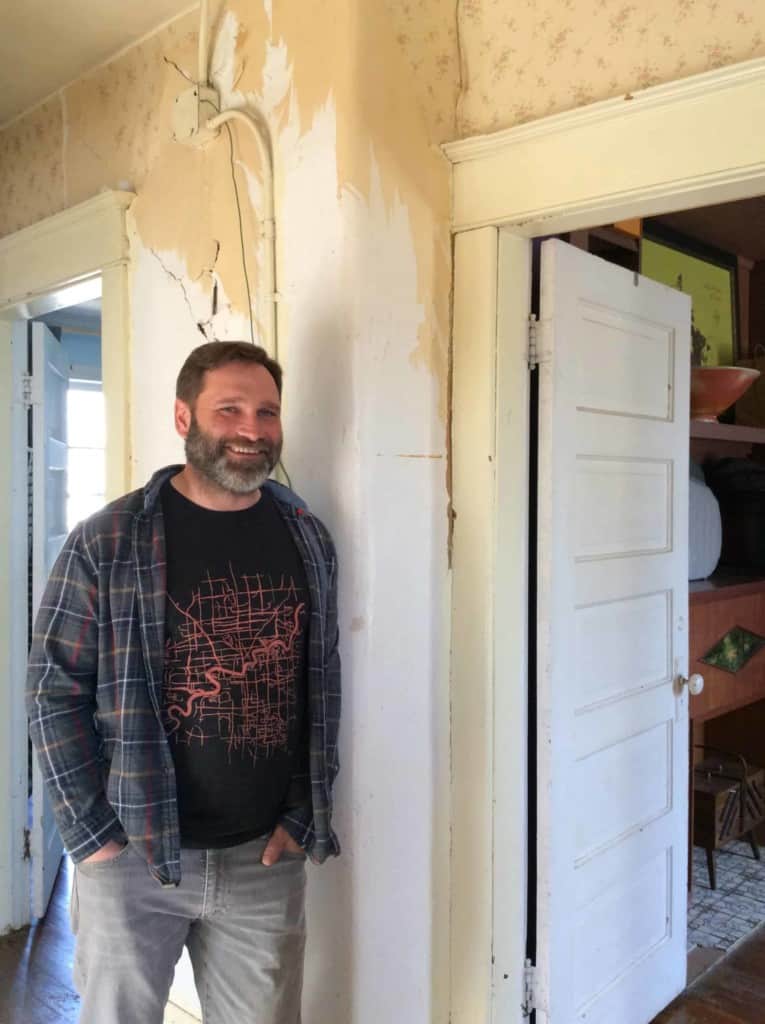Heritage homes have secrets and surprises
Workshop on Alberta Ave Burns home featured restoration process
Tenacity, a passion for detail, and a healthy bank account come into play when it comes to restoring a heritage building.
A May workshop at the Burns house on 95A Street, a recently designated Municipal Historic Resource, featured heritage house consultant Peter Caron and owner Chris Nichol. Attendees came from as far as Morinville as well as from Edmonton neighbourhoods.
The walk-through was part of the City’s This Old Edmonton House program featuring a series of historic renovation seminars.

“Older buildings are a tangible part of a neighbourhood’s past. It’s critical to retain some of these buildings as a physical representation of that heritage,” says David Johnston, the City’s principal heritage planner.
The Historic Resources Management program identifies, facilitates, and manages the protection and reuse of the City’s historic resources. Matching grants are available to assist with some of the costs. In the case of the Burns residence, $75,000 was allocated by the City for rehabilitation, matched by owner Chris Nichol.
“Until the mid-1940s, there were no building codes, just ‘good practices’ here in Edmonton,” says Caron, who has worked in the field of heritage buildings for more than 43 years. “Builders were free to do what they wanted.”

Restoration work is difficult. Yesterday’s old-growth wood, bricks, and even mortar were of a far different standard than today’s products. Finding period replacements is a real challenge, notes Caron. He’s always looking for old products to stockpile for future projects with his company The Housewright.
“You pretty much have to be a vulture to find originals, including old fixtures such as door knobs, hinges, and window glass,” he says.
Nichol and his wife Ruta purchased the decaying Burns house in January 2017 and have worked on it ever since. The couple met in Lithuania, where heritage is a way of life.
“We’re in it together,” says Nichol, surveying the home’s exterior. Extensive work is ongoing and must be completed within three years, according to City requirements. Once the exterior is complete, the couple will have free rein inside the house.
The three-story house was started in 1910 and completed by 1912. Although called the Burns house after real estate developer James N. Burns, it was built by bricklayer William Webster. The exterior features outstanding red brickwork such as the array of “standing soldiers”, decorative vertical brick-laying details over doors and windows.
One of Nichol’s first challenges regarding the restoration of the exterior was the deterioration of the original brickwork. He scoured the Alberta Avenue neighbourhood, approaching residents for bricks in their backyards or outbuildings.
Surprisingly, after more than a century, many old-time red bricks were still tucked away for Nichol’s use.
Replacing worn-out bricks isn’t foolproof. Says Caron, “Bricklayers today don’t know the old methods. Owners must be watchful to ensure today’s bricklayers and other tradesmen are working to City of Edmonton’s standards.”
From top to bottom, the Burns residence offered up many secrets and surprises.
Once the exterior is complete, Nichol will tackle the interior. “We’ll do it one room at a time,” he says with a smile. “We can take our time. It may take 25 years, but we’re in it for the long haul.”
Featured Image: Heritage building consultant Peter Caron (left) and owner Chris Nichol in front of the Burns house. By City of Edmonton heritage house rules, Nichol has three years to complete the exterior work. | Constance Brissenden







